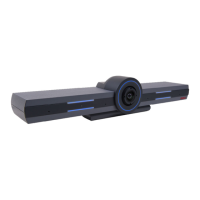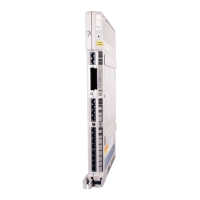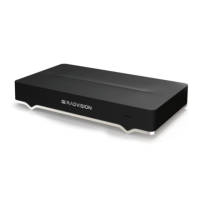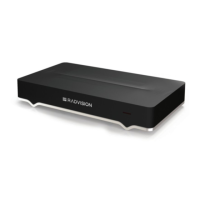Installation and Upgrades for DEFINITY ONE and
IP600 Internet Protocol Release 10
555-233-109
Issue 6
December 2001
Upgrade and Repair Procedures
5-6Replacing a TN795 board with a TN2314 for R10
5
26. Click Backup.
This process is completed very quickly.
27. To verify the backup is complete, click “Last scheduled backup results.”
Make sure there is a backup file that shows the day and time you expect.
28. Open another Terminal Server session and select Start > Shutdown.
29. On the Shut Down Windows window, select Shut down from the
drop-down menu and click OK.
Make sure you see the green light indicating the system has shut down
before continuing to the next step.
From a Bash window, you can select d1stat to watch the shutdown
progress. It is finished when the bottom LED turns solid green.
30. Remove the TN795 board.
31. Insert the TN2314.
Remove the entire board, not just the circuit pack or hard drive.
NOTE:
Do not swap hard drives or processors between the boards.
32. If your backup is on the PCMCIA card, move the card to one of the two
slots on the faceplate of the Definity One or IP600
33. Connect the laptop directly into the Definity One or IP600, TN2314.
Use the new RJ45 services on the TN2314.
For instructions on how to connect see ‘‘Creating physical connections’’ on
page 2-2.
34. Start system.
35. Open the Internet Explorer web browser.
36. In the Address field, enter: http://192.11.13.6 and press Enter.
37. Click Administer System and enter User Name and Password.
The system’s desktop (Avaya Administration) displays for Definity One of
IP600.
38. Click Login to 192, and under Remote Control, enter lucent3 for both the
user name and password.
39. On the desktop, right-click My Network Places, select Properties,
Right-click [1] Split Cable > Properties.
Configure [1] Splitter Cable
40. Double-click Internet Protocol (TCP/IP).
The Internet Protocol (TCP/IP) Properties window displays.

